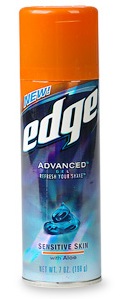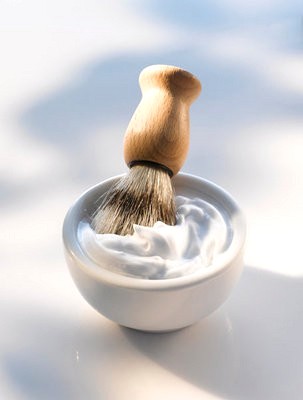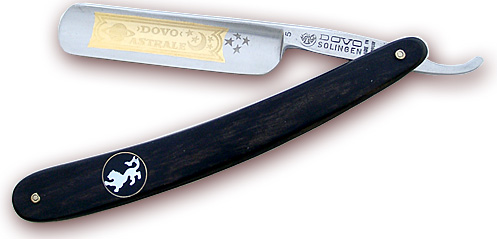As some of you know, Badger and Blade is down for maintenance right now, and I’m sure some of you are going through forum withdrawal. So, below is a list of alternative forums to while away the time while you wait for B&B to come back. In no particular order:
Shave Ready – Straight razor forum focused on honing, sharpening, and SOTD. They are a new straight razor forum with a very good subsection on razor honing, sharpening, & restoration. The people there are very helpful and the conversations tend to be more polite and concise. Since it is a newer forum, there are a lot less threads and a lot less responses to some topics. However, the quality of the discussions is quite good.
Straight Razor Place – The original straight razor forums. This forum probably gets thousands or tens of thousands of hits per day. They talk about everything from beginning straight shaving to how to eek out that very last bit of honing left in your natural Japanese hone. This forum is extremely populated and there are many threads posted per day. So many threads that it is hard to keep up with them all. Its even hard to keep up with the honing section. You’d have to visit hourly just to stay up to date and participate in some honing threads. The forum is sponsored and owned by the owners of Straight Razor Designs and is sponsored by several other shaving vendors.
The Shaving Room – UK Shaving Forums focusing on DE’s, but does have a straight section. Populated by a lively and friendly group of members based mostly out of the UK. It is interesting to see how things are different “across the pond.” Mostly dedicated to DE’s, but does have a lively straight section dedicated to shaving, sharpening, stropping, and honing straights.
The Shave Den: Established forum dedicated to both DE & Straights. This forum has less members than B&B & SRP, but more than any other forum. There are more discussions here than elsewhere. While there is a straight shaving section, the forum is mostly DE based.
Pogonotomy – New Forums from Bruce on Shaving. Not too much to report on this forum. It is extremely new and focused solely on DE’s.
A more complete list of wet-shaving websites can be found on our links page.

 I should start this post by saying that you shouldn’t be using canned shaving gel in the first place. Aside from releasing all the compressed gasses used to push out the gel, your face and straight razor deserve better. Canned goo simply does not offer the slickness, cushioning, and comfort that shaving soap does. Nothing gives you a better shave than a wet-shave using a finely honed straight, a brush, and
I should start this post by saying that you shouldn’t be using canned shaving gel in the first place. Aside from releasing all the compressed gasses used to push out the gel, your face and straight razor deserve better. Canned goo simply does not offer the slickness, cushioning, and comfort that shaving soap does. Nothing gives you a better shave than a wet-shave using a finely honed straight, a brush, and  Dry lather is a common problem. The cause is that the water that used to be in the lather has evaporated, leaving you with a cake-y mess on your face. Once the water is removed from lather, all we’re left with is soap. Soap which wants to just blow off in flakes or cling stubbornly to our face.
Dry lather is a common problem. The cause is that the water that used to be in the lather has evaporated, leaving you with a cake-y mess on your face. Once the water is removed from lather, all we’re left with is soap. Soap which wants to just blow off in flakes or cling stubbornly to our face.

